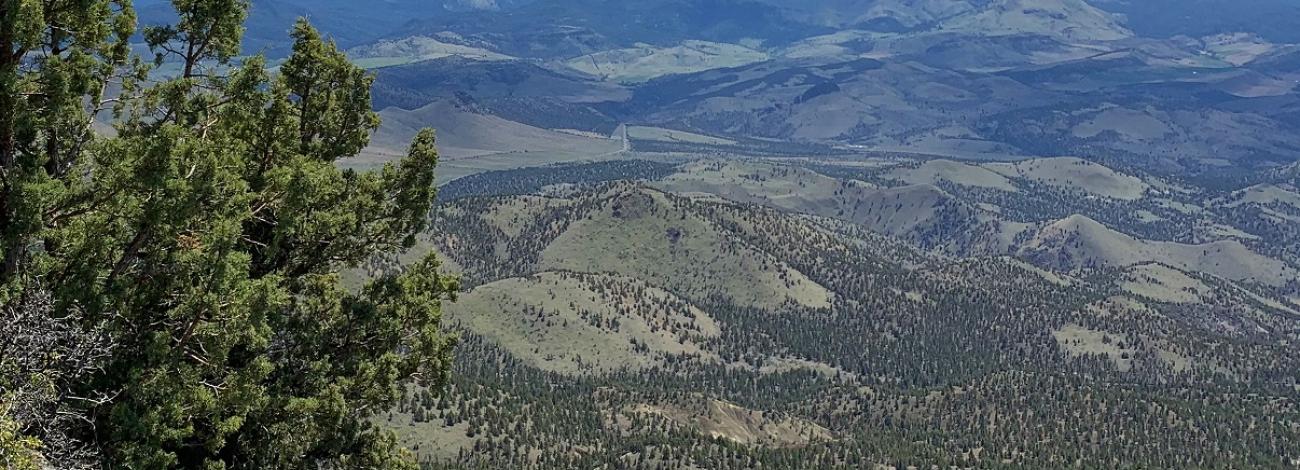
Sutton Mountain Wilderness Study Area
The painted hills of the Sutton Mountain Wilderness Study Area in central Oregon is one of those BLM gems that almost no one outside the local area has heard about. The lower part of the WSA has exposures of the same clay formations that are found in the much smaller but equally spectacular John Day Fossil Beds National Monument, Painted Hills Unit, which lies just across the valley.
The upper peak of Sutton Mountain itself rises 2,000 feet above the valley with layers of ash and basalt building to the crest. The area is near the John Day River about an hour northeast of Prineville.
The Sutton Mountain (28,872 acres) Wilderness Study Area is comprised of public lands which are under consideration for wilderness designation by Congress. These lands are managed by the BLM in a manner which maintains their suitability for preservation as wilderness.
When visiting, we ask the everyone bring along the 10 essentials and respect the following regulations:
- Vehicle Use: Motorized vehicle use is limited to roads signed as designated routes as depicted on the map.
- Cross-country travel on foot or horseback is allowed; however, cross-country vehicle travel is strictly prohibited.
- Violations of motor vehicle use restrictions are subject to a fine up to $1000 and/or imprisonment.
- Leave a clean camp by practicing the “Pack it In, Pack it Out” ethic and leave the site better than as you found it.
- Give wildlife a break: camp away from watering areas.
- Use dead and down wood for campfires; the cutting of live vegetation or standing dead trees is prohibited.
- Obtain landowner permission before crossing private land.
For more information stop by or call the Prineville BLM Office.

